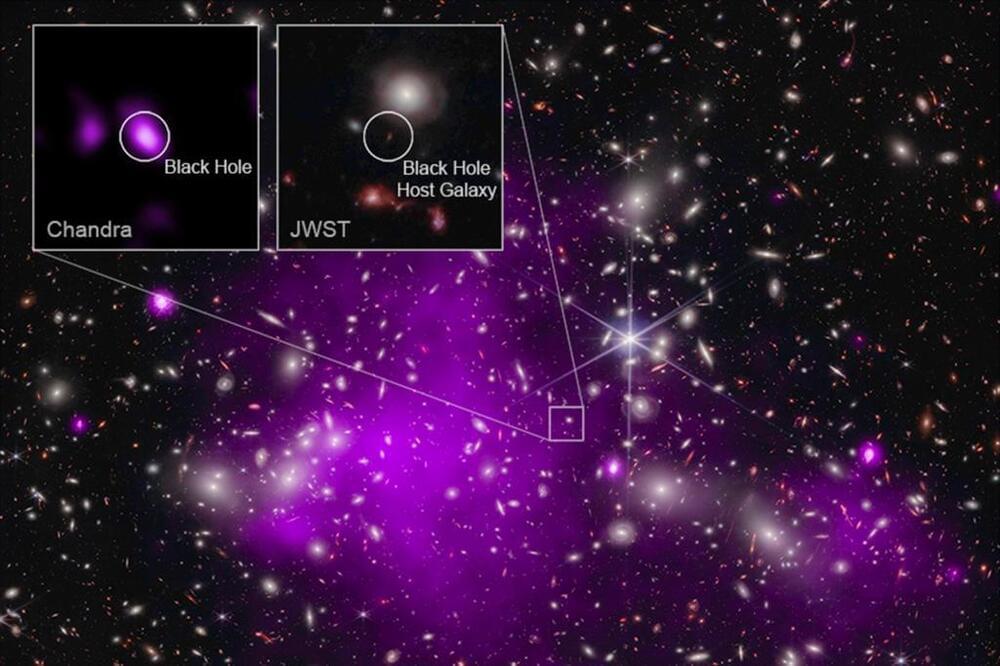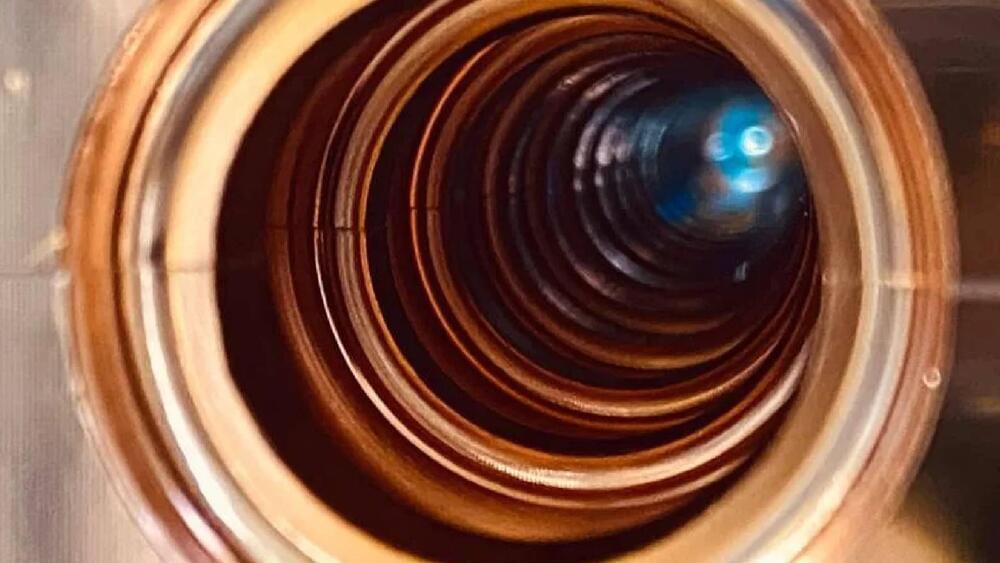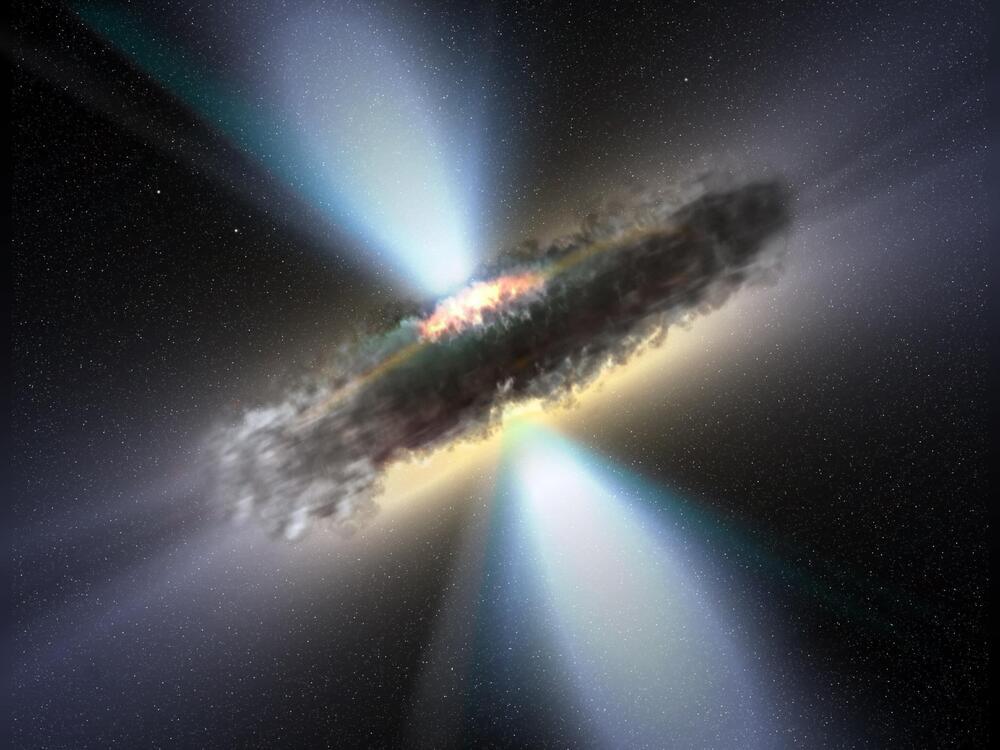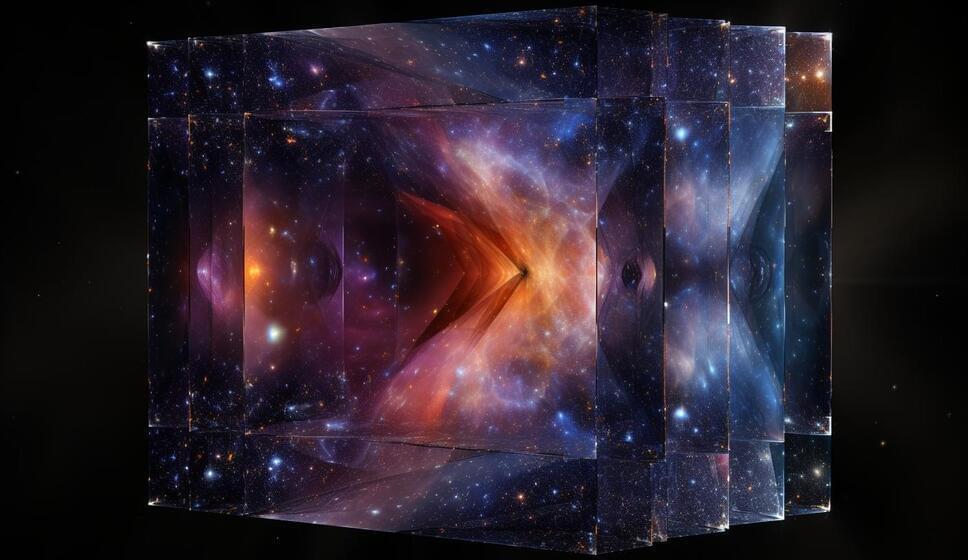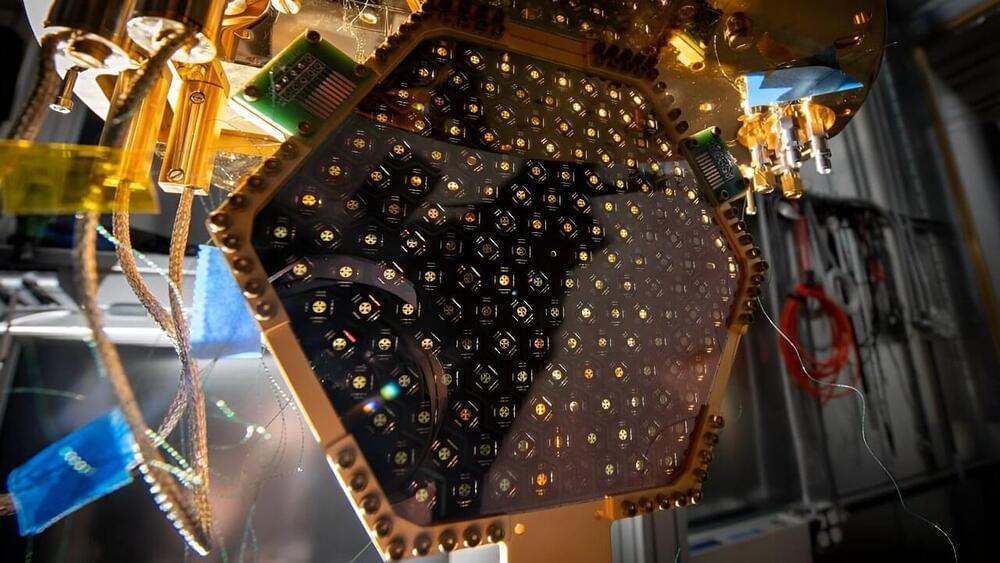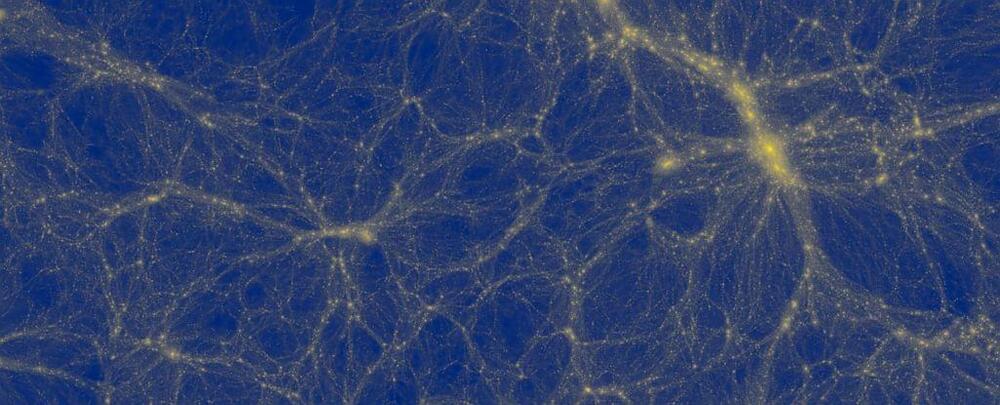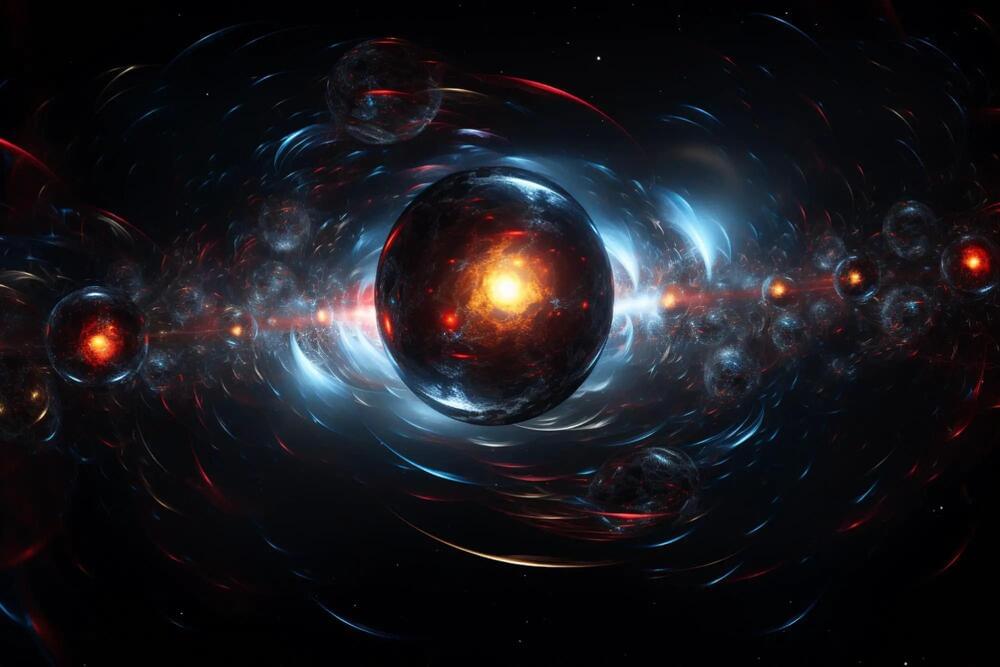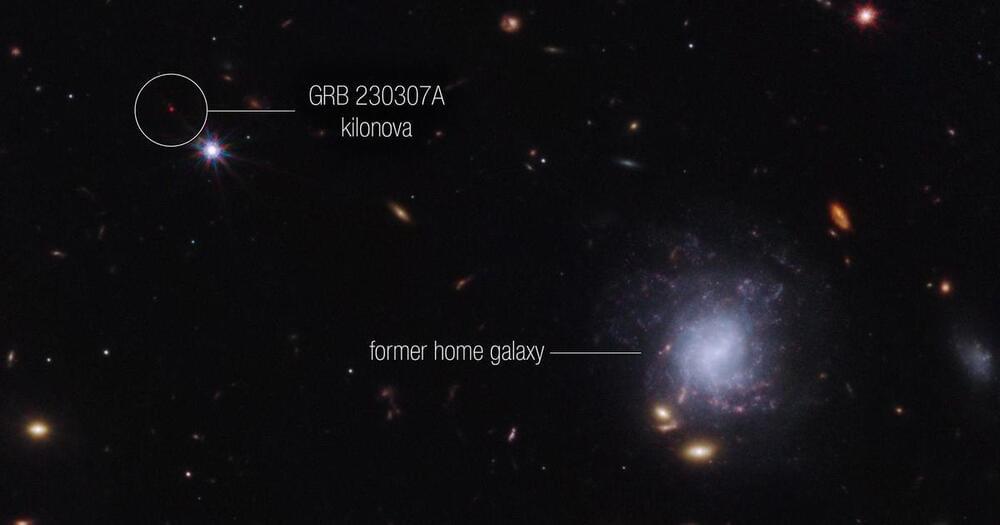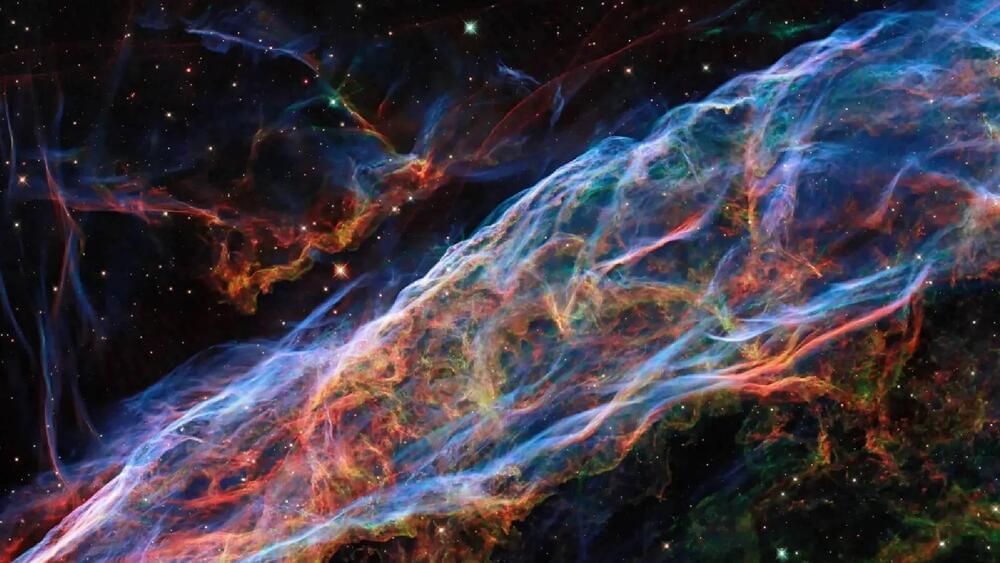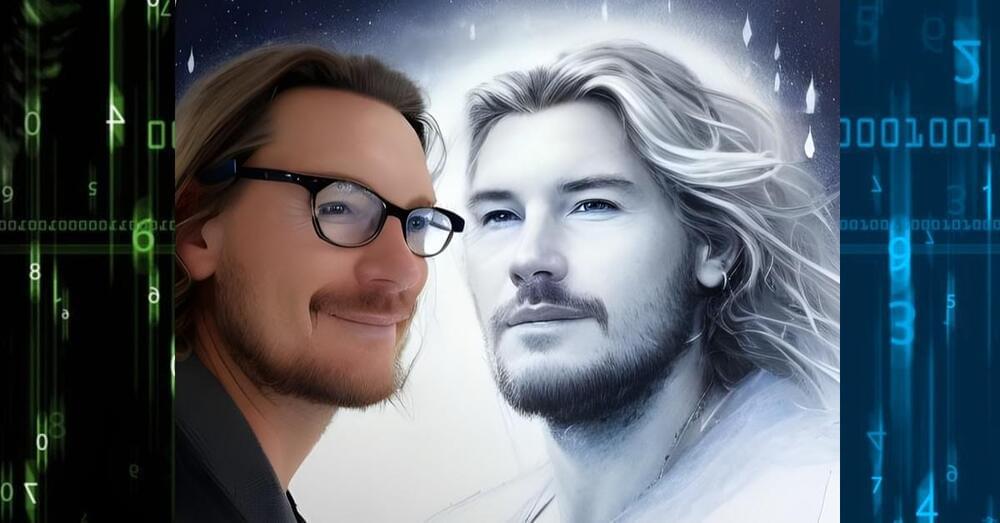Nov 7, 2023
Scientists discover record-breaking 13.2 billion-year-old ‘behemoth’ black hole
Posted by Paul Battista in category: cosmology
The oldest known black hole — a 13.2 billion-year-old ‘behemoth’ — has been discovered by scientists.
NASA’s James Webb Space Telescope and Chandra X-Ray Observatory spent the past year working together to find and confirm the black hole and on Monday, researchers published their findings which confirmed beliefs that supermassive black holes existed at the start of the universe.
They believe the newly-located black hole was formed just 470 million years after the Big Bang and is 10 times larger than the black hole in the Milky Way.
